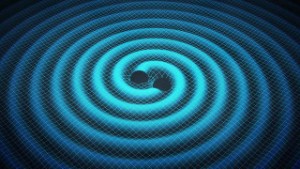Are excess heat and isotope changes in e-cat LENR reactor real? – Part 2

In part 2, I will look deeper into the issue of the isotope changes in nickel and lithium, reaction kinetics and the implications of the Lugano report for Industrial Heats´ patent situation.
Isotopic changes in nickel and lithium
Apart from the excess heat, the most remarkable claim is the finding of isotope changes in nickel and lithium.
Samples from the fuel and ash were analysed by state of the art analytical methods such as ICP-MS, ICP-AES, SEM/EDS and TOF-SIMS. The methods are explained in Appendix 1.
To read the full article, please login. The full content of this article and all premium articles is available exclusively for site members.
Site membership is free. If you are an existing user, please login. New users may register below.

